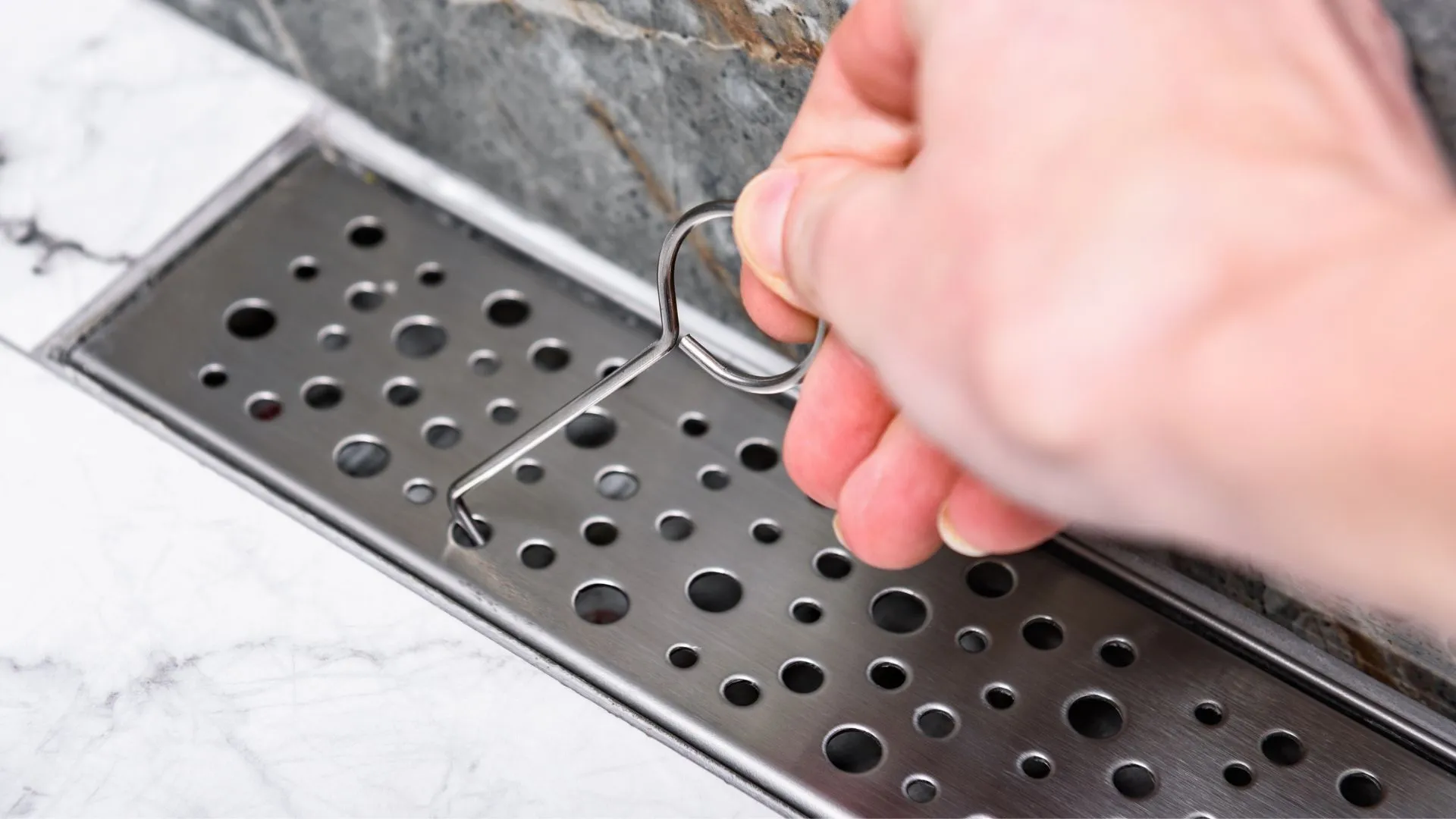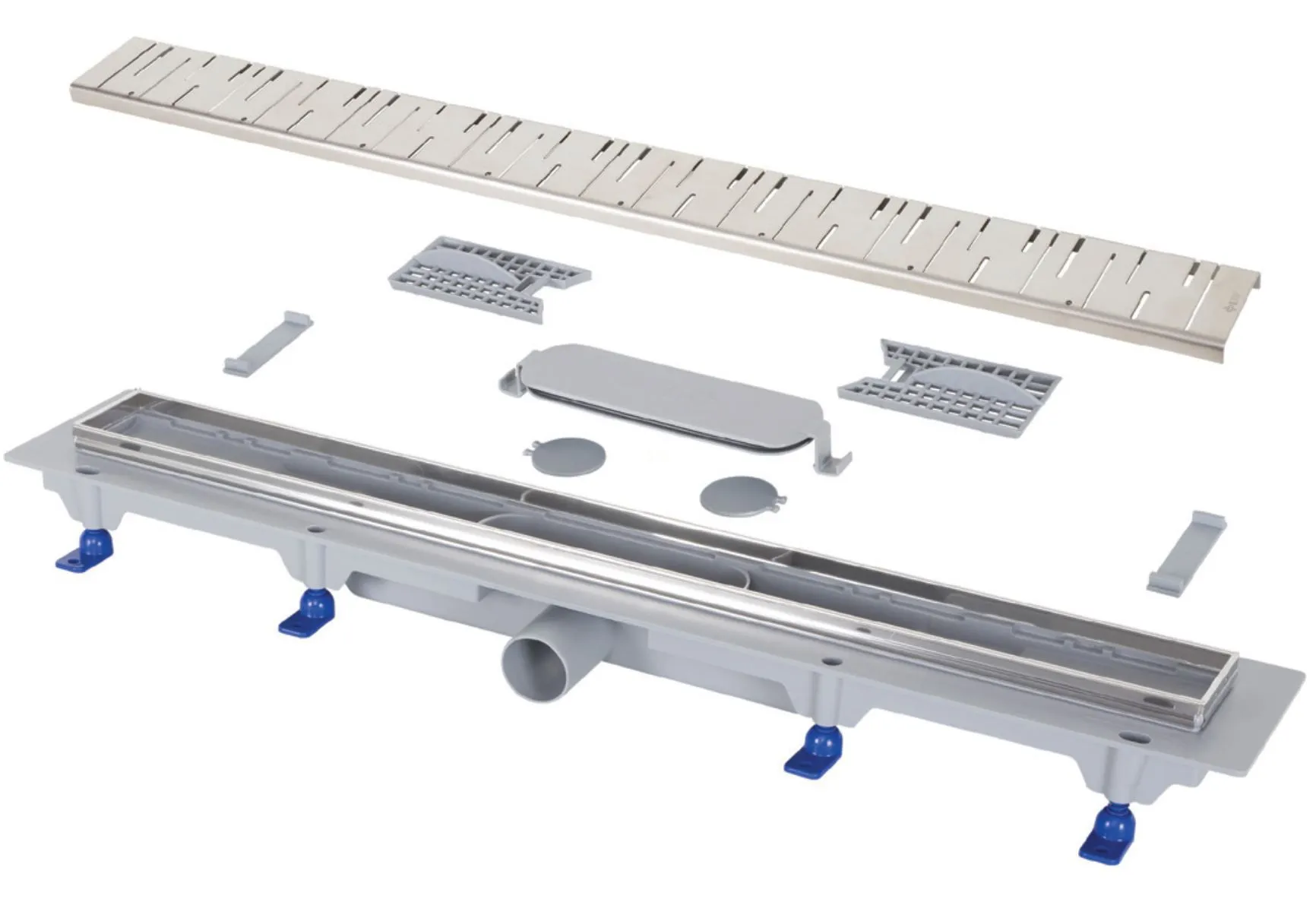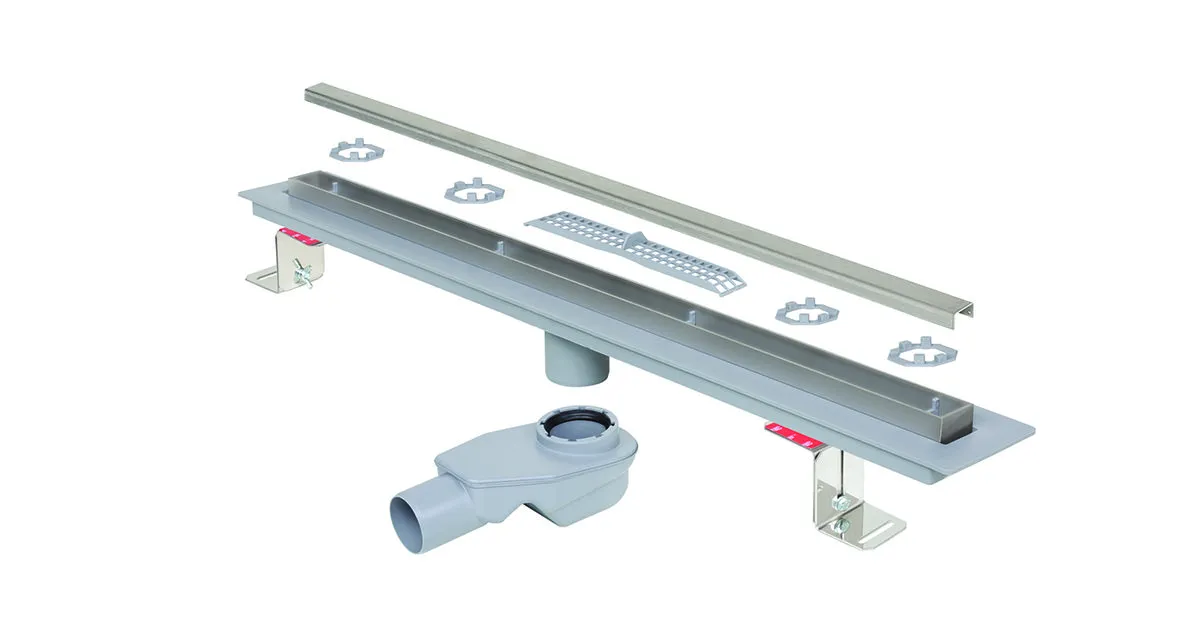
How to Easily and Quickly Clean your Shower Drain
A clogged shower drain can quickly ruin the relaxing experience of a shower. Instead of enjoying a refreshing moment, you may find yourself standing in stagnant water, which is not only unpleasant but can also lead to more serious plumbing issues if not addressed promptly. Fortunately, with a few simple steps, you can effectively clean the drain without the need for professional equipment or expert help.
The Importance of Maintenance
Maintaining drains in showers, sinks, and bathtubs is often overlooked, but it is crucial for preventing clogs. Regular cleaning and the use of hair traps or filters can prevent the accumulation of hair and other debris that often cause blockages. With these simple measures, you not only keep the water flow efficient but also extend the lifespan of your plumbing system.
It is also important to be aware that regular maintenance can prevent larger and more expensive problems in the future. In the long run, it is worth investing some time in routine cleaning and maintenance of the drain.
Steps to Clean a Clogged Drain
If, despite regular maintenance, your shower drain gets clogged, there are simple steps you can take on your own:
- Remove Debris: The first step is to remove the drain cover. Check for hair or other debris on the mesh and remove them. If necessary, take off the mesh and clean any dirt underneath. This might be a bit uncomfortable, but it’s effective for clearing small blockages. Hair and soap residue are the most common causes of clogs, so carefully pull them out of the drain.
- Natural Remedies: If the drain remains clogged, you can use natural remedies that you likely have in your kitchen. Pour half a cup of baking soda into the drain. Then, add half a cup of vinegar. When baking soda and vinegar combine, they create bubbles that help dissolve soap residue, limescale, and other impurities. This natural method is safe for the environment and your drain, and it won’t damage the pipes, unlike aggressive chemical cleaners.
- Rinse with Hot Water: Wait about 30 minutes to allow the baking soda and vinegar solution to work. Then, rinse the drain thoroughly with hot water. The hot water will flush out the dissolved debris and restore water flow. It also helps disinfect the drain and eliminate any unpleasant odors.
- Check Again: After rinsing with hot water, check if the drain is clear. If water still doesn’t drain smoothly, you can repeat the process until you achieve the desired results. If the problem persists, it might be a sign that more thorough cleaning or professional intervention is needed.
Be careful when dismantling and cleaning not to damage any of the drain or channel parts.
Conclusion
Maintaining a clean and functional shower drain is essential for preventing clogs and ensuring a comfortable showering experience. Using hair filters and regularly cleaning the drain will help keep your plumbing system efficient and create a pleasant environment in your bathroom. Regular preventive maintenance not only keeps the drain functional but also prevents bad odors and potential larger issues.
If home remedies don’t work, it’s best to consult with a professional plumber. A plumber will be able to assess the situation accurately and take targeted action for a lasting solution to the problem. That way, you can once again enjoy a worry-free and relaxing shower.








